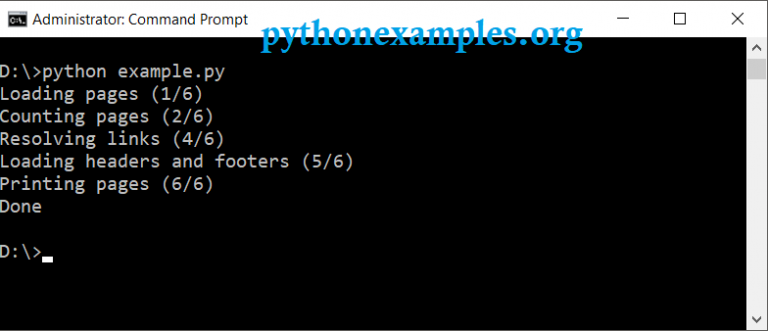

- Python html pdfkit pdf#
- Python html pdfkit install#
- Python html pdfkit code#
- Python html pdfkit download#
In this example, we need to create a list of elements that we will use to construct the PDF file (we refer to this list as info below). Here, we’re going to use the pillow library to create an Image object. Next, let’s create a sample PDF file containing an image. Report.drawString(50, 800, "**First PDF with ReportLab**") The (50, 800) are coordinates for where to place the text (this might take some experimentation). Third, we use drawString to write out a line of text. Then, we create an instance of the Canvas (note the capital “C” this time) class with the name of the file we want to create.
Python html pdfkit code#
The first piece of code imports the canvas module from ReportLab. Here’s an initial example to create a simple PDF with one line of text. ReportLab is one of the most popular libaries for creating PDF files. The next package we’ll discuss is ReportLab.

om_string(table_html, output_path = "sample_table.pdf", configuration = config)Ĭreating PDF files with Python and ReportLab Let’s do another example, but this time, we’ll create a table using HTML and CSS. You simply need to pass the HTML as a string or store it in a file that can be passed to pdfkit. You can also create PDF files with more complex HTML / CSS, as well. om_file("sample_html_file.html", output_path = "new_file2.pdf", configuration = config) om_string(s, output_path = "new_file.pdf", configuration = config)Īdditionally, pdfkit can create PDF files by reading HTML files. One of the nicest features of pdfkit is that you can use it to create PDF files from HTML, including from HTML strings that you pass it directly in Python. om_url("", output_path = False, configuration = config) You can also set the output path to False, which will return a binary version of the PDF into Python, rather than downloading the webpage to an external file. om_url("", "sample_url_pdf.pdf", configuration = config)
Python html pdfkit download#
# download Wikipedia main page as a PDF file # configure pdfkit to point to our installation of wkhtmltopdfĬonfig = nfiguration(wkhtmltopdf = r"C:\Program Files\wkhtmltopdf\bin\wkhtmltopdf.exe") To get pdfkit working, you’ll need to either add wkhtmltopdf to your PATH, or configure pdfkit to point to where the executable is stored (the latter option is used below).

In the example below, we download Wikipedia’s main page as a PDF file. Once you’re set up, you can start using pdfkit.
Python html pdfkit install#
To get started, you’ll need to install it along with a utility called wkhtmltopdf.

A nice feature of pdfkit is that you can use it to create PDF files from URLs. Pdfkit was the first library I learned for creating PDF files. This post will cover two packages used to create PDF files with Python, including pdfkit and ReportLab. issue 91.In a previous article we talked about several ways to read PDF files with Python. currently table cells can only contain a single line, cf.tables should have at least a first row with a width attribute.: cells (with align, bgcolor, width attributes).: heading cells (with align, bgcolor, width attributes)., , : description list, title, details (can be nested)., , : ordered, unordered and list items (can be nested).: images (and src, width, height attributes).: paragraphs (and align, line-height attributes).output ( "html.pdf" ) Supported HTML features ¶ hello blockquote ID Name 1 Alice 2 Bob """ ) pdf. hello in green hello small hello helvetica hello times Other section title unorderedlistitems orderedlistitems i am preformatted text. PyFPDF/fpdf2 GitHub repo right aligned text i am a paragraph in two parts. write_html ( """ Description title Description Detail Big title Section title Hello world.


 0 kommentar(er)
0 kommentar(er)
